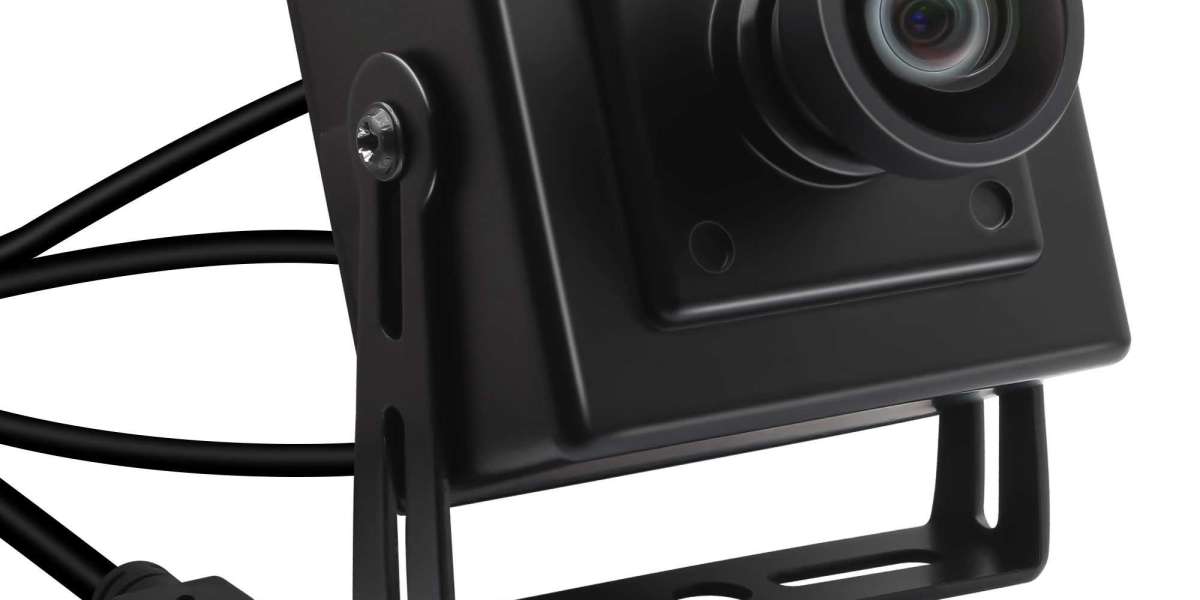Symmetrical design elements play a crucial role in the fashion industry, contributing to the overall aesthetics and appeal of garments and accessories. But what exactly makes symmetrical design so significant? This article delves into the importance of symmetry in fashion, exploring its impact on design balance, visual harmony, and consumer perception.
Understanding Symmetrical Design Elements
Symmetrical design elements refer to the balanced and proportional arrangement of visual components in a design. In fashion, this can include the alignment of patterns, the distribution of colors, and the overall structure of a garment. Symmetry creates a sense of order and stability, which can be visually pleasing and comforting to the observer.
The Role of Symmetry in Fashion Aesthetics
Why is symmetry so appealing in fashion? One reason is that it aligns with our natural preference for balance and harmony. Symmetrical designs often appear more organized and cohesive, making them more attractive to consumers. Additionally, symmetry can enhance the wearer's appearance by creating a balanced silhouette, which is often associated with beauty and elegance.
“Symmetry is a powerful design principle that can elevate the visual appeal of fashion items, making them more desirable to consumers.”
Examples of Symmetrical Design in Fashion
Symmetrical design elements are prevalent in various fashion items, from clothing to accessories. For instance, a symmetrical dress with evenly distributed patterns can create a harmonious look. Similarly, a pair of earrings that mirror each other can add a touch of elegance to any outfit.

Benefits of Symmetrical Design Elements
- Visual Appeal: Symmetrical designs are often more visually appealing due to their balanced and orderly nature.
- Enhanced Fit: Symmetry can improve the fit and appearance of garments, creating a flattering silhouette.
- Consumer Preference: Many consumers prefer symmetrical designs, associating them with quality and sophistication.
Incorporating Symmetry in Fashion Design
Designers can incorporate symmetrical design elements in various ways. For example, they can use symmetrical patterns, align seams and hems, and ensure that accessories complement the overall design. By doing so, they can create cohesive and visually appealing collections that resonate with consumers.
Challenges and Considerations
While symmetry is highly valued, it is essential to balance it with creativity and innovation. Over-reliance on symmetrical design elements can lead to monotonous and predictable collections. Therefore, designers should strive to blend symmetry with asymmetrical elements to create dynamic and engaging designs.
Conclusion
In conclusion, symmetrical design elements are integral to the fashion industry, enhancing the visual appeal and consumer perception of garments and accessories. By understanding and effectively incorporating symmetry, designers can create balanced and harmonious collections that stand out in the competitive fashion market.








